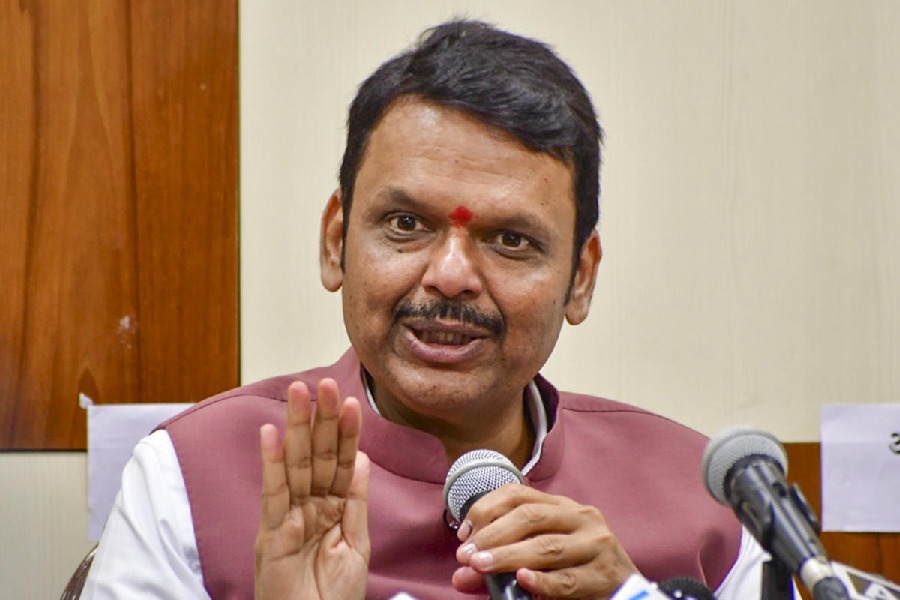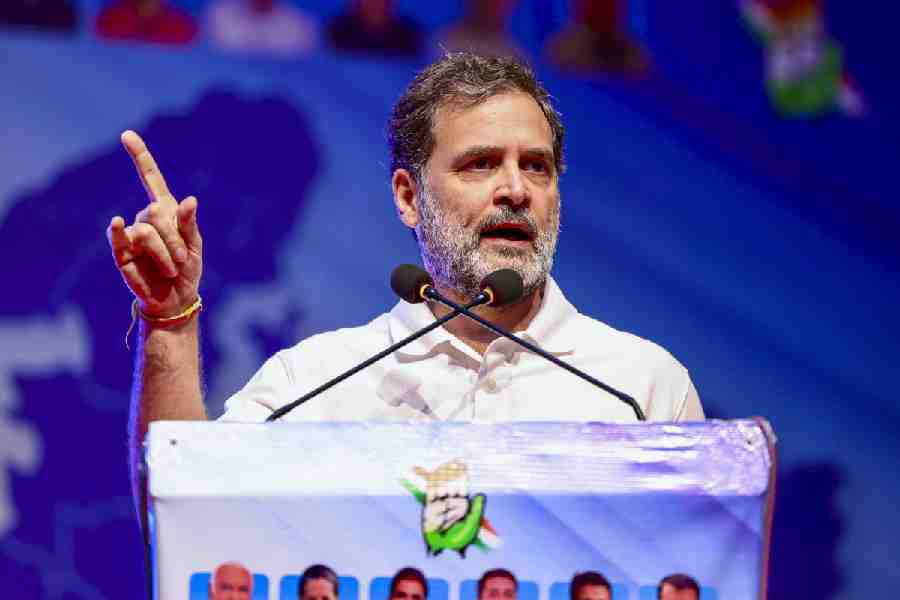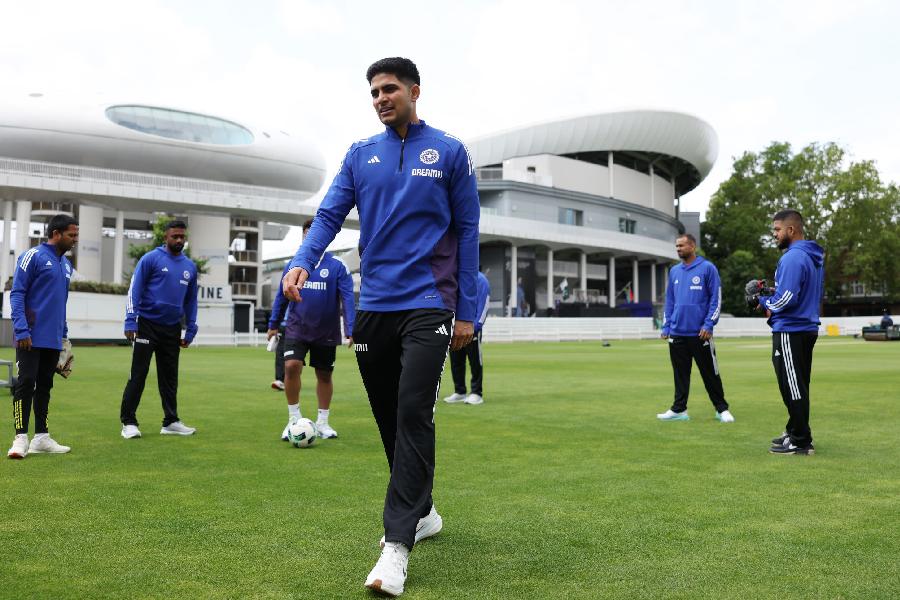 |
| Mitra: Sew to speak. Picture by Aranya Sen |
Thirty two-year-old Neelima Mitra had been suffering for nearly a decade, and doctors were in the dark about the cause. Some had even come to the conclusion that she was going mad. Two surgeries in her abdomen and countless investigations failed to give her any relief.
A few days ago, doctors at a city hospital took out from her abdomen a sewing needle — the source of all her woes. She had accidentally swallowed the needle nine years ago while stitching in her south Calcutta home. “She must have tried to talk to someone with the needle held between her teeth, when it slipped in,” recalled Pankaj Mitra, Neelima’s brother.
She was rushed to a local doctor, and then to the state-run Sambhunath Pandit Hospital, where she underwent surgery. “The doctors told us they had removed the needle. We were asked to take her back home,” Mitra said. He had wanted to see the needle, but was told by the hospital authorities that it had been sent for chemical examination.
Neelima did return home, but her suffering did not end. She used to throw up whatever she ate and suffered from severe abdominal pain.
A year later, she was back at Sambhunath Pandit Hospital. This time, the doctors diagnosed a gall bladder problem and recommended a second surgery. The family agreed and Neelima was operated upon. “But my sister kept on insisting that the needle was still stuck inside her abdomen. The doctors laughed at her,” said another member of Neelima’s family.
The abdominal pain, meanwhile, became so acute that Neelima started losing consciousness. During Durga Puja 2003, she was taken to Bangur Institute for Neurology. “The neurologists kept her under observation for three months, after which they decided that Neelima had gone mad. They even asked me to take her to an asylum,” Pankaj added.
A few weeks ago, the Mitras took Neelima to Calcutta Medicare Research Institute (CMRI).
Various probes, such as barium meal and a CT scan, failed to locate the needle. Even an endoscopy and a colonoscopy did not help. The doctors then decided to perform a laproscopic surgery with the help of a fluoroscope (a special X-ray machine attached to the surgical device). “We took a lot of time to first clean up her abdomen. The earlier surgeries had turned it into a mess,” surgeon Ramesh Agarwal of CMRI told Metro.
After scanning the abdomen, the doctors spotted the needle, broken into two parts, near the duodenum. One part was covered with fibrous tissues. “We took out both pieces,” Agarwal added. A happy Neelima, now recuperating at the hospital, will be back home in two days.











